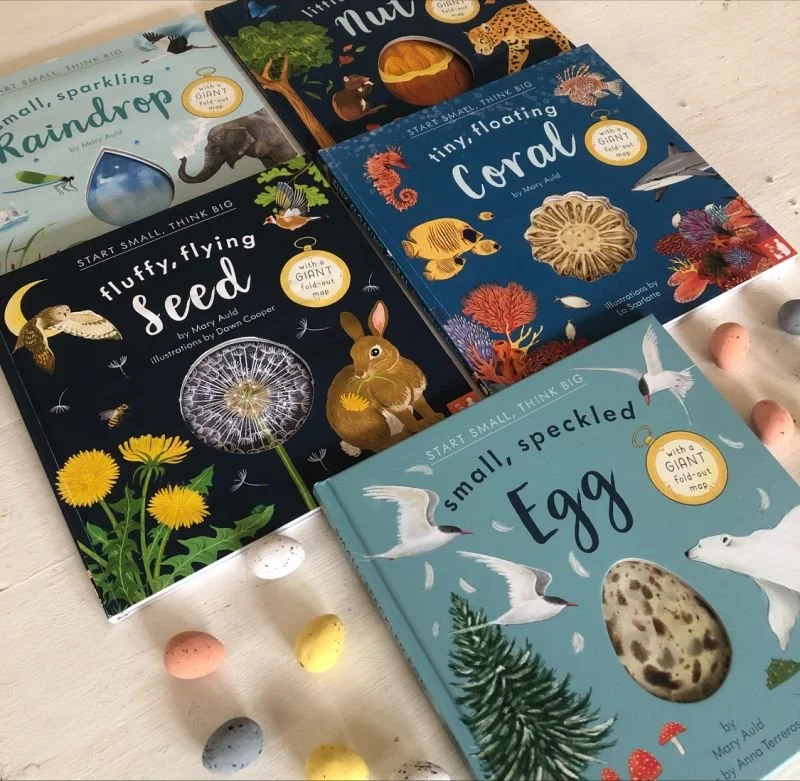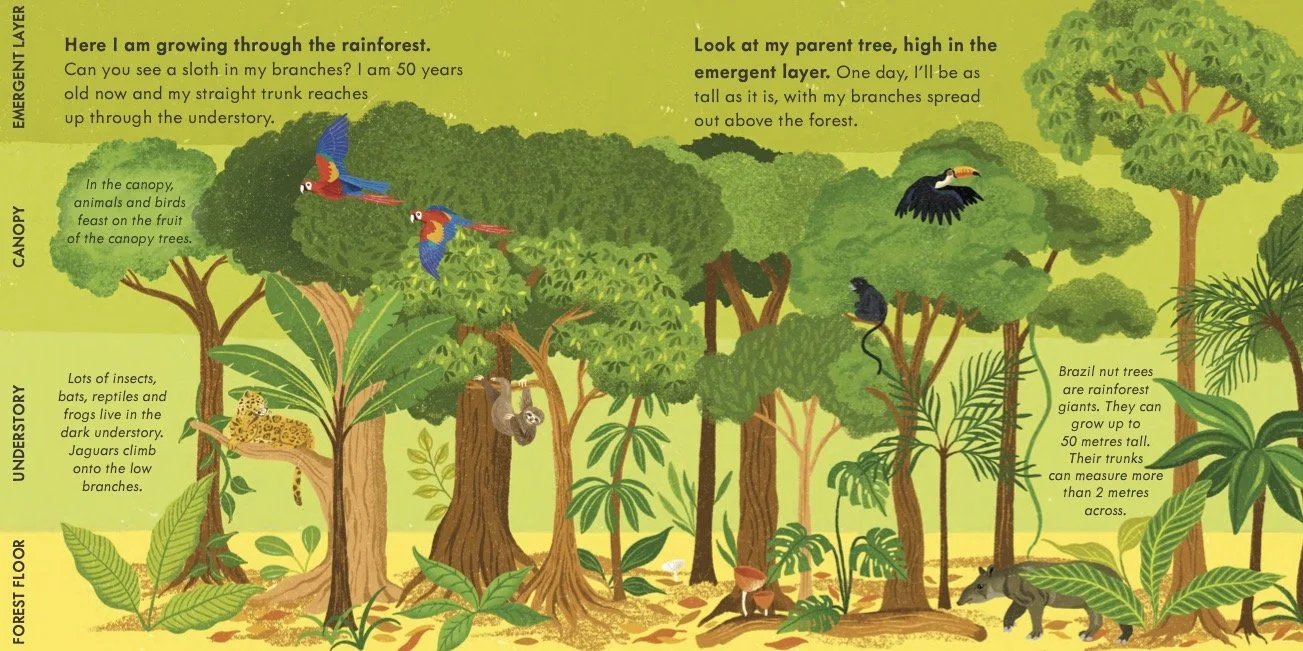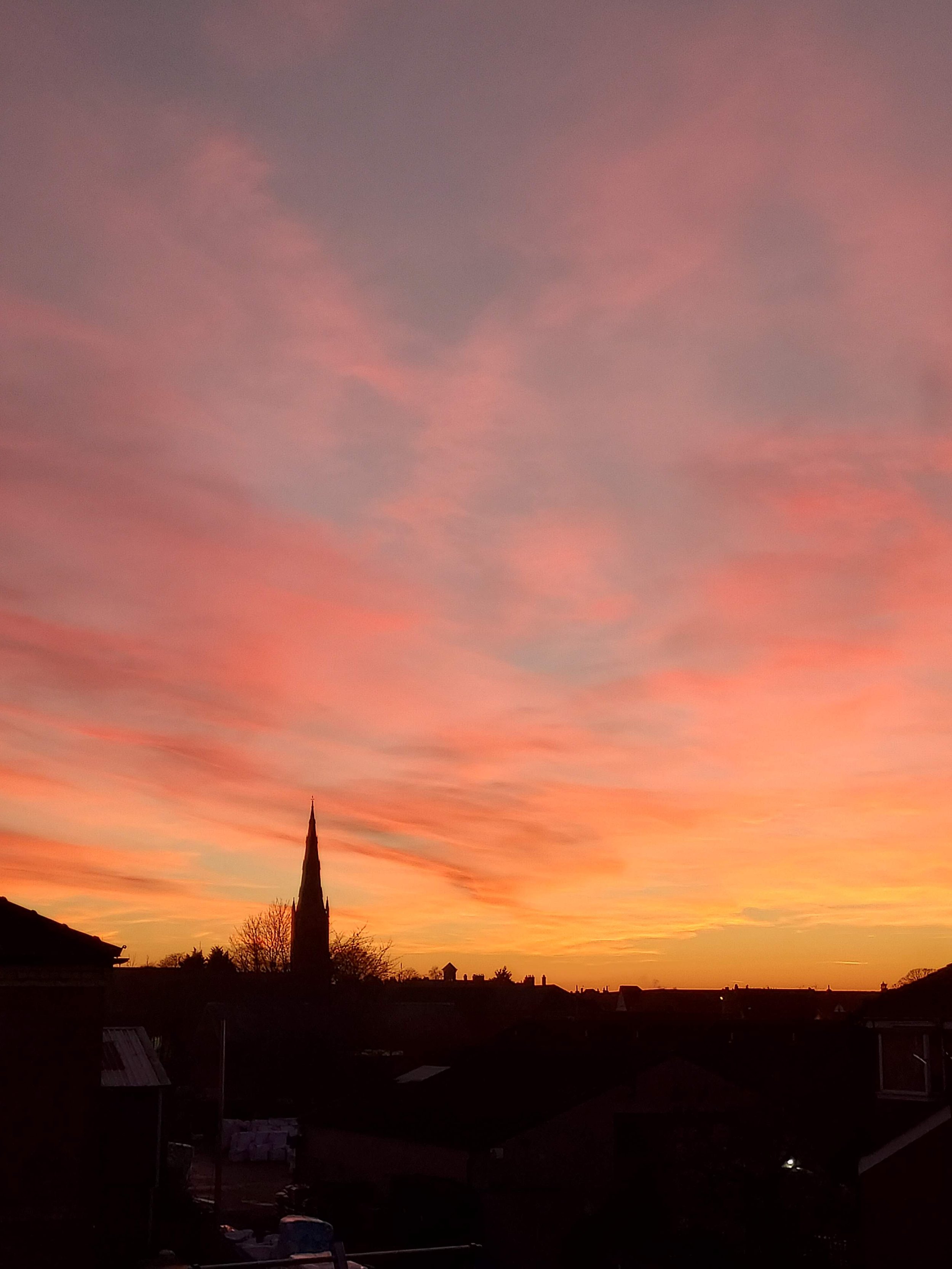Start Small, Think Big: Q&A with author Mary Auld
Tell us a little bit about the idea behind the series.
The idea behind the series comes from two places. Firstly, I wanted to do a wide-ranging series of science/STEM books and took up the approach of starting with something familiar to the child and moving out from there. It's a fairly standard educational practice but it is particularly good for creating a narrative structure to children's non-fiction - it gives it a natural progression, linking one idea to the next to create a learning journey. The other, which is where the title came from, is my strong belief that we underestimate children's ability to think big. I think they like to explore ideas beyond their everyday lives and, with their imaginations, have a huge capacity to grasp big concepts. It is something I feel every time I share a book with a child and talk about it as we read together.
How many books in the series have you written so far?
I have now written four Start Small, Think Big books. Small, Speckled Egg focus on the life cycle of Arctic Tern, Little, Brown Nut looks at the life of a Brazil nut tree, Tiny, Floating Coral explores the extraordinary life cycle of the coral polyps that build coral reefs, and then Fluffy, Flying Seed follows the growth of a dandelion from its parachute-like seed. There is a fifth title planned called Small, Sparkling Raindrop, which tells the story of a different type of life cycle - the water cycle. I have lots of ideas for titles after that but would love to hear other people's ideas too.
Do you have a favourite fact that you’ve learnt?
It's very hard to pick a favourite fact. It's partly because they all link together that makes the facts so fascinating. Here are two (one from each book published so far) that I particularly like:
An Arctic tern spends more time in the daylight than any other animal because its migration means it is always living in the summer.
Brazil nut trees only grow really successfully in the wild rainforest. If you like eating Brazil nuts, you need to protect the rainforest!
Tell us a bit about yourself and how you became a children’s author.
I work from home in Newark on Trent, a small market town in the East Midlands but I travel a lot. There is so much to find out about in this world. I loved books as a child and one of my favourite books was about visiting San Francisco (This is San Francisco by Miroslav Sasek). I got into trouble because I wouldn't take it back to the library! Perhaps that's why I ended up working as an editor of children's information books, although I've always liked stories too. As an editor and then publisher, I worked with all sorts of brilliant non-fiction authors and illustrators, such as Mick Manning and Brita Granström and Gillian Clements, and they inspired me to try writing myself when I left my job. As a writer, I really enjoy that I don't work on my own - illustrated information books are created by a team: the author, the illustrator, the editor and the designer.
What view do you have when you’re working?
I work in an attic room with a skylight window above my computer so my main view is the sky - which changes all the time. If I stand up, I can see the spire of Newark's church which was hit by a cannonball in the English Civil War nearly 400 years ago. That's another information story I'd like to tell! Here's a photo of the spire from my office at sunset.






